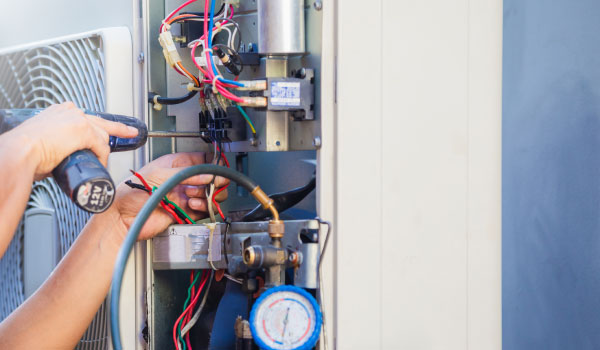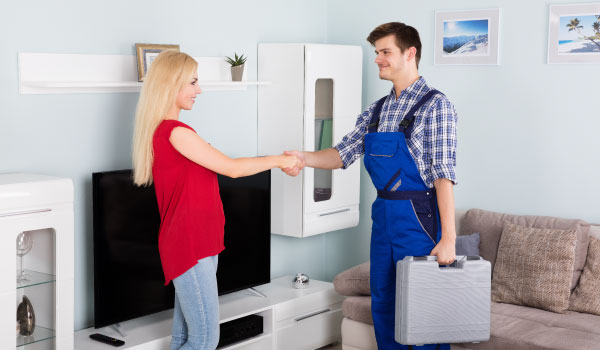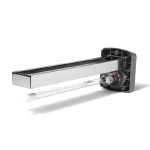

According to studies by the U.S. Environmental Protection Agency (EPA), indoor levels of airborne pollutants may be 2-5 times, and occasionally 100 times, higher than outdoor levels. Moreover, we spend about 60% of our time inside our homes where poor air quality is attributed to the cause or aggravation of half of all illnesses.
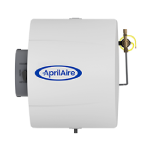
Eliminates parched dry air by delivering humidity and reduces static electricity
$650.00
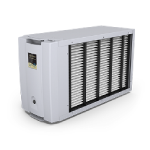
Lifetime filtering system removes household allergens and pollutants down to 0.01 microns
Up to 3 ton system $650.00 | 3 – 5 ton system $795.00

Split bulb neutralizes bacteria, mold and viruses in the air stream and reduces chemical and biological odors
Up to 3 ton system $350.00 | 3 – 5 ton system $475.00
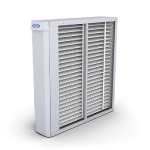
Activated carbon pre-filter removes lint and odors. HEPA filter captures 99.97% contaminants .3 micron and larger, carbon post-filter targets Volatile Organic Compounds (VOC) to control odors and gases.
$1400
As a measure of efficiency, filtration is usually referred to by the size of contaminants that can best be removed. A typical one-inch, disposable furnace filter removes just 10% to 15% of airborne contaminants. Made from fiberglass, these low-efficiency filters are basically intended to protect the heating and cooling system’s coils from becoming clogged by larger particles. Lint, pollen, dust mites, and mold spores are the larger particles in the 10-to-100+ micron range (1 micron = 1/25,000th of an inch).
In high-efficiency filters, there is actually more surface area for filtration to take place. Thanks to denser, smaller trapping spaces, filtration is enhanced to effectively screen out the smallest contaminants. Atmospheric and household dust, animal dander, bacteria and other pathogens, if smaller then 2.5 microns, can be absorbed directly into the bloodstream.
During winter months your home may be drier than most desert areas. Surprised? The Sahara Desert’s humidity is around 25% and Death Valley is 23%. However, during winter months the average heated home can have a relative humidity as low as 13%.
Dry air may actually be costing you additional money in higher utility bills. By maintaining a 35% humidity level your home will feel just as warm at 69 degrees as it does at 72 degrees with a 19% relative humidity.
Doctors often mention dry air as one of the causes for nose, throat and skin discomfort. Dry air is also responsible for static electricity and can damage furniture and woodwork. It is directly responsible for causing floors and trim to separate, walls and ceilings to crack. In addition, dry air harms expensive musical instruments and electronic equipment such as computers.



